Product Overview
† commercial product
Tadalafil is an orally administered phosphodiesterase-5 (PDE5) inhibitor that is compounded in 2.5 mg, 5 mg, 10 mg, and 20 mg immediate-release tablets for prescription use under the supervision of qualified clinicians[1]. It was originally introduced for erectile dysfunction but is now also employed for benign prostatic hyperplasia (BPH) and selected cases of pulmonary arterial hypertension (PAH).
Chemically, tadalafil is a once-daily, highly selective, reversible inhibitor of PDE5, the cGMP-specific isoenzyme most abundant in corpus cavernosum and other vascular smooth-muscle beds[2]. Inhibition of PDE5 prevents degradation of cyclic guanosine monophosphate (cGMP), augmenting the nitric-oxide (NO) signaling cascade and facilitating relaxation of smooth muscle throughout the lower urinary tract and pulmonary vasculature[2].
The broad therapeutic scope of tadalafil reflects this pharmacology. Clinical experience demonstrates meaningful improvements in penile rigidity, symptom scores in BPH, exercise tolerance in PAH, and endothelial function in several vascular beds³. These clinical benefits, however, remain contingent upon intact NO release from nitrergic nerves or endothelial cells, so individual responses may vary[3].
After oral administration, peak plasma concentrations are usually achieved within two hours; absolute bioavailability approaches 80 %. The drug is 94 % protein-bound and exhibits an apparent volume of distribution of roughly 63 L, indicating extensive tissue penetration[4]. Metabolism is primarily hepatic via CYP3A4 to the active catechol metabolite, with subsequent glucuronidation and fecal plus renal elimination; the terminal half-life of ≈ 17.5 hours allows for either once-daily or on-demand dosing[4].
Hemodynamic interaction studies show that the vasodilatory effect is prolonged; coadministration with organic nitrates can precipitate profound hypotension even 48 hours after a single 20 mg dose[5]. These findings inform strict contraindications and mandatory wash-out intervals when nitrates are part of the therapeutic regimen[5].
For prescribers utilizing 503A compounded tadalafil, it is critical to note that labeling and stability data follow the United States Pharmacopeia (USP) for compounded oral tablets. The compounded product must meet potency, purity, and content uniformity specifications validated by the pharmacy’s quality program to ensure batch-to-batch consistency before release[6].
For on-demand treatment of erectile dysfunction, the typical adult starting dose is 10 mg taken at least 30 minutes before anticipated intercourse; depending on tolerance and efficacy, doses may be decreased to 5 mg or increased to 20 mg, not to exceed once per 24 hours[27].
When a once-daily strategy is chosen for combined management of BPH and erectile dysfunction, 5 mg administered at approximately the same time each day provides continuous PDE5 inhibition; severe renal impairment (CrCl < 30 mL min⁻¹) or concomitant strong CYP3A4 inhibitors warrant a maximum dose of 10 mg every 72 hours[28].
Dose-adjustment guidance for moderate hepatic impairment allows up to 10 mg on-demand, whereas once-daily use is not recommended; practitioners compounding divided tablets should ensure accuracy of low-dose splits and counsel patients on precise administration[29].
Tadalafil acts by competitive, selective inhibition of PDE5, preventing hydrolysis of cGMP that is generated after NO activates guanylate cyclase in smooth-muscle cells⁷. The sustained cGMP elevation lowers intracellular calcium, promoting myosin light-chain de-phosphorylation and smooth-muscle relaxation, thereby enhancing arterial inflow to erectile tissue and reducing pulmonary vascular resistance[7].
Beyond erectile tissue, PDE5 is expressed in bladder, prostate, and vascular endothelium. Selectivity studies confirm >10 000-fold preference for PDE5 over PDE1-4 and ≈ 700-fold over PDE11; this profile minimizes unintended chronotropic or neurologic effects while sparing skeletal muscle and retinal phototransduction[8].
Hemodynamic investigations reveal that tadalafil reduces mean pulmonary artery pressure and pulmonary vascular resistance without significant changes in systemic vascular resistance, demonstrating organ-specific vasodilatation[9]. These pulmonary benefits justify its incorporation into PAH management in selected adults and parturients under specialist care[9].
In the lower urinary tract, PDE5 inhibition relaxes prostatic stromal smooth muscle, detrusor, and bladder neck, potentially improving uroflow and relieving storage symptoms without adversely affecting detrusor contractility¹⁰. Improvement in LUTS is additive to α-blocker therapy and offers sexual function advantages over 5-α-reductase inhibitors[10].
Pharmacodynamic modeling indicates that exposure-response curves plateau near 20 mg, but the long half-life sustains clinically relevant plasma levels for up to 36 hours, allowing on-demand dosing flexibility and once-daily regimens for chronic indications[11].
Concurrent administration of any nitrate or NO-donor is absolutely contraindicated because synergistic increases in cGMP can provoke life-threatening hypotension; at least 48 hours should elapse between the last tadalafil dose and nitrate exposure[12].
Patients with a history of non-arteritic anterior ischemic optic neuropathy (NAION) or pre-existing crowded optic discs may face a heightened risk of vision loss, and tadalafil is not recommended in this population[13].
Severe hepatic impairment (Child-Pugh C) markedly increases systemic exposure; the manufacturer therefore advises against use in this setting, and alternative therapies should be sought[14].
Marked hypotension (systolic < 90 mm Hg), unstable angina, recent stroke or myocardial infarction, uncontrolled arrhythmias, severe aortic stenosis, or hypersensitivity to tadalafil or any tablet excipients constitute additional contraindications because the drug can exacerbate cardiovascular instability[15].
Strong CYP3A4 inhibitors such as ketoconazole, itraconazole, ritonavir, and clarithromycin can raise tadalafil AUC by more than 300 %, necessitating dose reduction or extended interdose intervals[16].
Conversely, rifampin, carbamazepine, and other potent CYP3A4 inducers may lower tadalafil concentrations and undermine efficacy; if such therapy is unavoidable, clinicians should monitor clinical response closely[17].
Pharmacodynamic synergy with uroselective α-blockers has been documented; despite generally tolerated combinations with tamsulosin, doxazosin or alfuzosin may cause orthostatic hypotension when combined, particularly at initiation, so staggered dosing and blood-pressure monitoring are advised[18].
Grapefruit juice inhibits intestinal CYP3A4 and organic anion transporting polypeptides, increasing tadalafil exposure; while occasional intake may be tolerated, habitual consumption could potentiate adverse effects, and patients should be counseled accordingly[19].
Post-marketing data list headache, flushing, nasal congestion, dyspepsia, and back pain among the most frequently reported adverse events and these tend to be dose-dependent and self-limited[20].
Musculoskeletal discomfort (myalgia, limb pain) usually surfaces 12-24 hours after dosing, peaks at 48 hours, and resolves within 72 hours; proposed mechanisms include PDE11 inhibition in skeletal muscle and transient vasodilatation[21].
Ocular events are rare but clinically important. Case reports link tadalafil to NAION, characterized by painless unilateral visual loss and optic-disc edema, most often within 24-48 hours of dosing; at-risk individuals require counseling about prodromal visual phenomena[22].
The FDA has mandated label warnings for sudden sensorineural hearing loss after accumulating reports in users of PDE5 inhibitors, including tadalafil; audiologic evaluation is imperative if acute hearing changes occur[23].
Under the Pregnancy and Lactation Labeling Rule, tadalafil lacks adequate human data; animal reproduction studies show no embryotoxicity or teratogenicity at exposures up to eight times the maximum recommended human dose, yet placental transfer has been demonstrated in animal models, so human fetal risk cannot be ruled out[24].
Experimental work in a rat model of pre-eclampsia suggests that maternal tadalafil improves uteroplacental blood flow and reduces fetal growth restriction, but translation to clinical practice remains investigational and off-label[25].
Excretion into human milk is undetermined; however, molecular weight and protein binding predict minimal passage. Until robust data are available, lactating patients should be advised to weigh therapeutic necessity against potential infant exposure[26].
Tadalafil tablets should be stored at controlled room temperature, 20-25 °C (68-77 °F), with excursions permitted to 15-30 °C; containers must be moisture-tight and protected from excessive light to prevent hydrolysis and polymorphic conversion[30].
- U.S. Food and Drug Administration. (2011). CIALIS (tadalafil) tablets, for oral use: Prescribing information. https://www.accessdata.fda.gov/drugsatfda_docs/label/2011/021368s20s21lbl.pdf
- Wikipedia contributors. (2025, July 9). PDE5 inhibitor. https://en.wikipedia.org/wiki/PDE5_inhibitor
- Pachankis, A. (2023, December 14). How does Cialis (tadalafil) work? Verywell Health. https://www.verywellhealth.com/this-is-how-cialis-works-7967620
- Siddiqui, D. et al. (2025, April 16). What are the pharmacokinetics of tadalafil (Cialis)? DrOracle.ai. https://www.droracle.ai/articles/76845/what-are-the-pharmacokinetics-of-tadalafil
- Kloner, R. A., & Zusman, R. M. (2003). Time course of the interaction between tadalafil and nitrates. Journal of the American College of Cardiology, 42, 1855-1859. https://doi.org/10.1016/S0735-1097(03)01293-2
- DailyMed. (2025). Tadalafil tablets: Label information (set ID 34684fe8-9bf3-47fd-e063-6394a90ac80f). https://dailymed.nlm.nih.gov/dailymed/downloadpdffile.cfm?setId=34684fe8-9bf3-47fd-e063-6394a90ac80f
- Sims, C. et al. (2009). Tadalafil therapy for pulmonary arterial hypertension. Circulation, 120, 982-991. https://www.ahajournals.org/doi/pdf/10.1161/CIRCULATIONAHA.108.839274
- Elsevier. (2024). Tadalafil - overview. ScienceDirect Topics. https://www.sciencedirect.com/topics/medicine-and-dentistry/tadalafil
- American College of Cardiology. (2022, April 27). Adverse events associated with co-prescription of PDE5 inhibitors and nitrates. https://www.acc.org/Latest-in-Cardiology/Journal-Scans/2022/04/27/18/47/Adverse-Events-Associated-With-Coprescription
- Haefner, C. (2014, March 10). Tadalafil helps twice with BPH. Verywell Health. https://www.verywellhealth.com/tadalafil-helps-twice-with-benign-prostatic-hyperplasia-1123906
- Porst, H. et al. (2005). Safety and efficacy of tadalafil 5 mg dosed once daily. The Journal of Sexual Medicine, 5, 2160-2168. https://academic.oup.com/jsm/article-abstract/5/9/2160/6862525
- National Institute for Health and Care Excellence. (2025). Tadalafil: Drug interactions. https://bnf.nice.org.uk/interactions/tadalafil/
- Pomeranz, H. D. (2002). Tadalafil-associated anterior ischemic optic neuropathy. JAMA Ophthalmology, 120, 1460-1461. https://jamanetwork.com/journals/jamaophthalmology/fullarticle/416888
- DailyMed. (2025). Tadalafil tablets: Label highlights - hepatic impairment (set ID 2c277890-3c5d-5fd5-e063-6394a90af15b). https://dailymed.nlm.nih.gov/dailymed/fda/fdaDrugXsl.cfm?setid=2c277890-3c5d-5fd5-e063-6394a90af15b
- Drugs.com. (2025). Cialis disease interactions. https://www.drugs.com/disease-interactions/tadalafil%2Ccialis.html
- HelloPharmacist. (2024). Ketoconazole-tadalafil interaction. https://hellopharmacist.com/drug-interactions/drugs/ketoconazole/ketoconazole-with-tadalafil
- Stanley, M. (2016). Drug interactions with CYP3A4: An update. Pharmacy Times. https://www.pharmacytimes.com/view/drug-interactions-with-cyp3a4-an-update
- Uckert, S. et al. (2006). Hemodynamic interaction of tadalafil with alfuzosin. The Journal of Urology, 176, 1364-1368. https://www.sciencedirect.com/science/article/pii/S009042950600063X
- Li, Y. et al. (2020). Effect of grapefruit juice on the pharmacokinetics of tadalafil in rats. BioMed Research International, 2020, 1631735. https://doi.org/10.1155/2020/1631735
- Drugs.com. (2025). Tadalafil side effects. https://www.drugs.com/sfx/tadalafil-side-effects.html
- Kohler, T. S. et al. (2004). Tadalafil for erectile dysfunction. American Family Physician, 70, 359-366. https://www.aafp.org/pubs/afp/issues/2004/0715/p359.html
- Miller, D. E. (2023). PDE5 inhibitors and vision changes: More than meets the eye. Chest, 164(4), A54. https://journal.chestnet.org/article/S0012-3692(23)04929-2/fulltext
- Thompson, C. (2007, October 12). FDA warning: ED drugs and sudden hearing loss. Wired Magazine. https://www.wired.com/2007/10/fda-warning-ere
- U.S. Food and Drug Administration. (2025). Pregnancy and lactation labeling resources. https://www.fda.gov/drugs/labeling-information-drug-products/pregnancy-and-lactation-labeling-resources
- Shimada, M. et al. (2020). Prophylactic tadalafil in a rat model of pre-eclampsia. Placenta, 101, 15-22. https://www.sciencedirect.com/science/article/pii/S0143400420301831
- E-Lactancia. (2017). Tadalafil and breastfeeding. https://www.e-lactation.com/en/tadalafil-pr/
- Bridgman, C. (2024, June 1). Tadalafil dosage: Strengths and timing. Medical News Today. https://www.medicalnewstoday.com/articles/drugs-tadalafil-dosage
- Central Texas Urology. (2024). Maximum dose of tadalafil in 24 hours. https://www.centraltexasurology.com/maximum-dose-of-tadalafil-in-24-hours/
- Drugs.com. (2025). Cialis dosage guide. https://www.drugs.com/dosage/cialis.html
- Salispharm. (2024). How should tadalafil powder be stored? https://www.salispharm.com/knowledge/how-should-tadalafil-powder-be-stored
- U.S. Food and Drug Administration. (2025). Clinical pharmacology review-NDA 218527. https://www.accessdata.fda.gov/drugsatfda_docs/nda/2025/218527Orig1s000ClinPharmR.pdf
- Carandang, K. (2022, March 5). 8 medications that could be damaging your ears. AARP. https://www.aarp.org/health/conditions-treatments/medications-that-harm-hearing/
- MedEx. (2025). Tadalafil: Pregnancy and lactation. https://medex.com.bd/generics/1029/tadalafil
- Livestrong Editorial Team. (2023). Grapefruit & Cialis. https://www.livestrong.com/article/488362-grapefruit-cialis/
- McGwin, G. (2010). PDE-5 inhibitor use and hearing impairment. JAMA Otolaryngology, 136, 1367-1372. https://jamanetwork.com/journals/jamaotolaryngology/fullarticle/496308
- WellWisp. (2025). How often can I take tadalafil? https://wellwisp.com/how-often-can-i-take-tadalafil/
- PharmaGiant. (2024). Mixing Cialis and alcohol: Risks and precautions. https://pharmagiant.com/cialis-with-alcohol/
- Drugs.com. (2025). Ketoconazole and tadalafil interactions. https://www.drugs.com/drug-interactions/ketoconazole-with-tadalafil-1412-0-2144-0.html
- Tadacip Information Center. (2023). Tadalafil interactions and precautions. https://tadacip.org/interactions-and-precautions/
- Kadanu, N. (2018). Interaction between tadalafil and doxazosin/tamsulosin. The Journal of Urology, 199(suppl), e562. https://www.auajournals.org/doi/pdf/10.1016/S0022-5347(18)38432-5
- Drugs.com. (2025). Tadalafil (pulmonary hypertension) monograph. https://www.drugs.com/monograph/tadalafil-pulmonary-hypertension.html
Can tadalafil cause hearing problems?
Sudden decreases or loss of hearing, sometimes with tinnitus or dizziness, have been reported; any acute auditory change warrants immediate discontinuation and otologic evaluation[32].
Is tadalafil safe during pregnancy?
Human data are limited and the drug is generally avoided unless potential maternal benefit clearly outweighs theoretical fetal risks[33].
Why should I avoid grapefruit while on tadalafil?
Compounds in grapefruit juice inhibit metabolism and may raise drug levels, increasing headache or hypotension risk[34].
How common is sudden hearing loss with PDE5 inhibitors?
Population studies suggest it is rare, but the association is significant enough for regulatory warnings, so vigilance is advised[35].
How often can I take tadalafil safely?
On-demand regimens should not exceed one dose per 24 hours, while once-daily regimens use lower fixed doses and rely on steady-state exposure[36].
May I drink alcohol with my dose?
Moderate alcohol may amplify vasodilatation and dizziness; patients should limit intake to two units or less and monitor blood pressure[37].
Do antifungal agents interact with tadalafil?
Yes-azoles such as ketoconazole markedly increase exposure, so lower tadalafil doses or extended intervals are required[38].
Can tadalafil be taken with other erectile-dysfunction drugs?
Combining PDE5 inhibitors or adding prostaglandin analogs can raise priapism risk and is generally discouraged unless under specialist supervision[39].
Is it safe to combine tadalafil with tamsulosin for BPH?
Clinical trials show the combination is usually tolerated if doses are stabilized, but blood-pressure monitoring for additive hypotension is prudent[40].
Does tadalafil help pulmonary arterial hypertension in all patients?
It may improve exercise capacity and hemodynamics in WHO group I PAH, yet off-label use requires expert evaluation and careful titration[41].
Disclaimer: This compounded medication is prepared under section 503A of the U.S. Federal Food, Drug, and Cosmetic Act. Safety and efficacy for this formulation have not been evaluated by the FDA. Therapy should be initiated and monitored only by qualified healthcare professionals.
503A vs 503B
- 503A pharmacies compound products for specific patients whose prescriptions are sent by their healthcare provider.
- 503B outsourcing facilities compound products on a larger scale (bulk amounts) for healthcare providers to have on hand and administer to patients in their offices.
Frequently asked questions
Our team of experts has the answers you're looking for.
A clinical pharmacist cannot recommend a specific doctor. Because we are licensed in all 50 states*, we can accept prescriptions from many licensed prescribers if the prescription is written within their scope of practice and with a valid patient-practitioner relationship.
*Licensing is subject to change.
Each injectable IV product will have the osmolarity listed on the label located on the vial.

Given the vastness and uniqueness of individualized compounded formulations, it is impossible to list every potential compound we offer. To inquire if we currently carry or can compound your prescription, please fill out the form located on our Contact page or call us at (877) 562-8577.
We source all our medications and active pharmaceutical ingredients from FDA-registered suppliers and manufacturers.

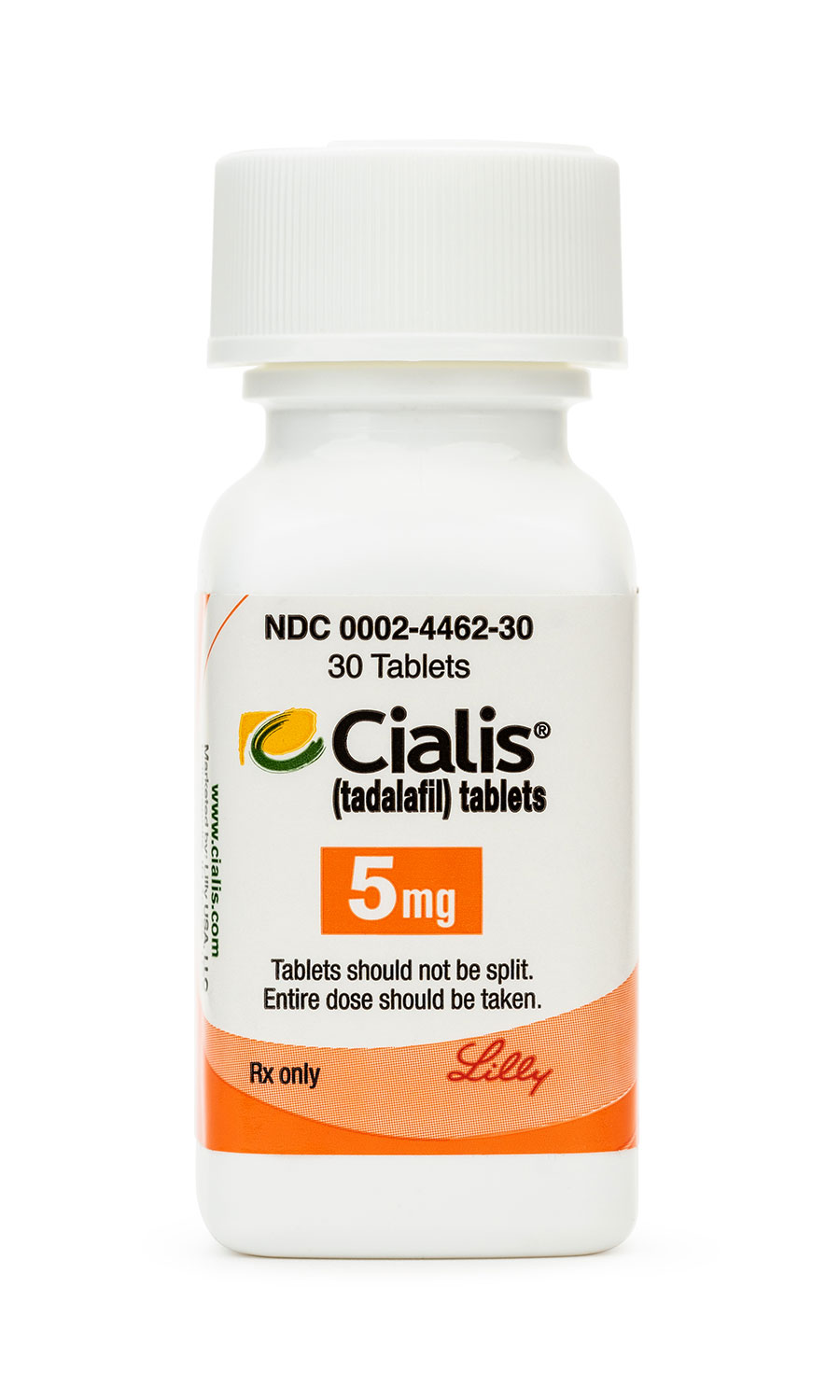
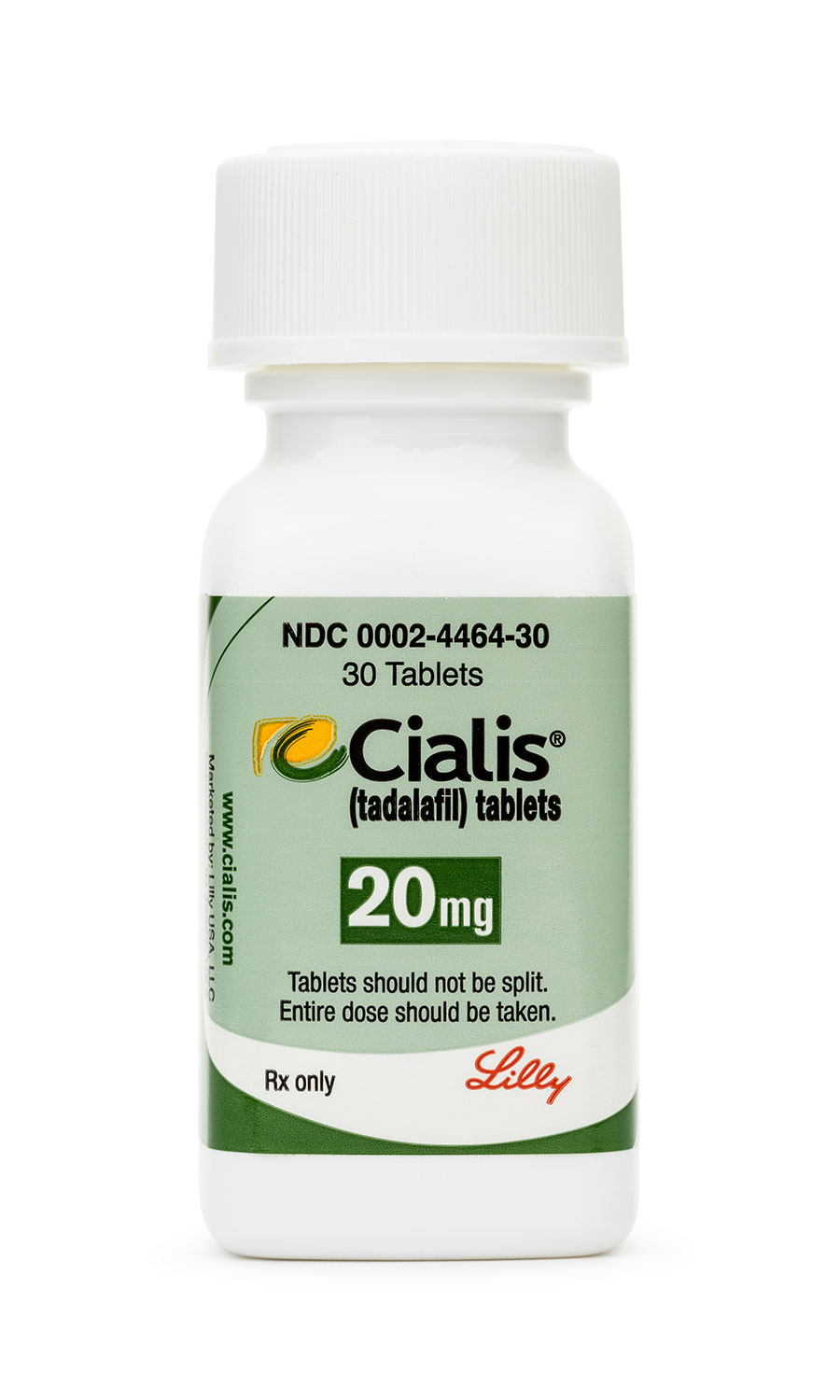
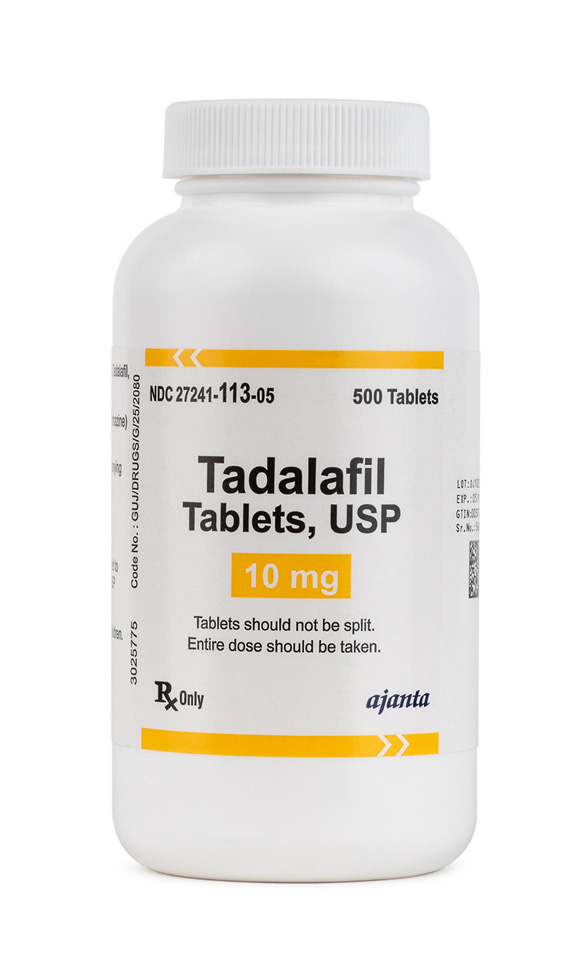
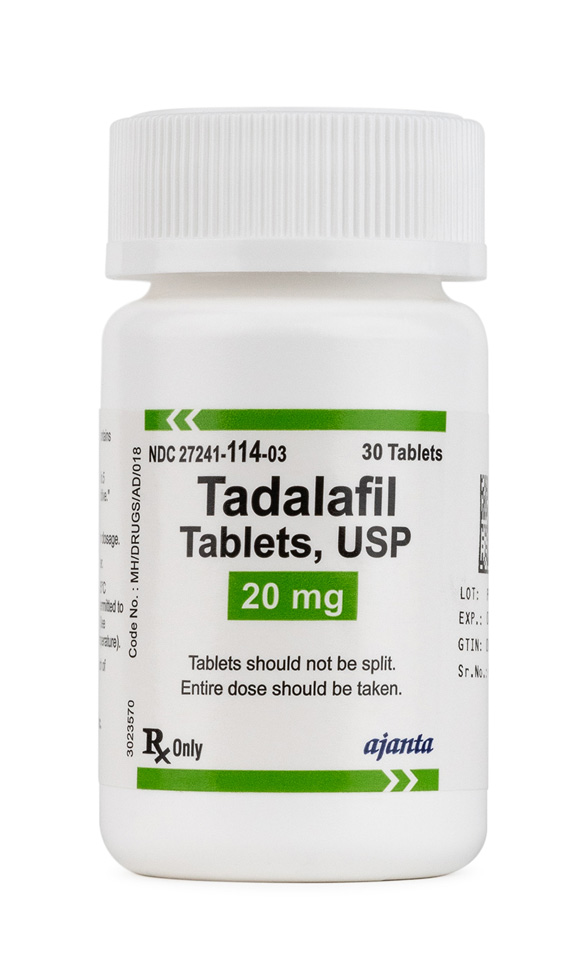
 Tadalafil Troches
Tadalafil Troches Tadalafil ODT
Tadalafil ODT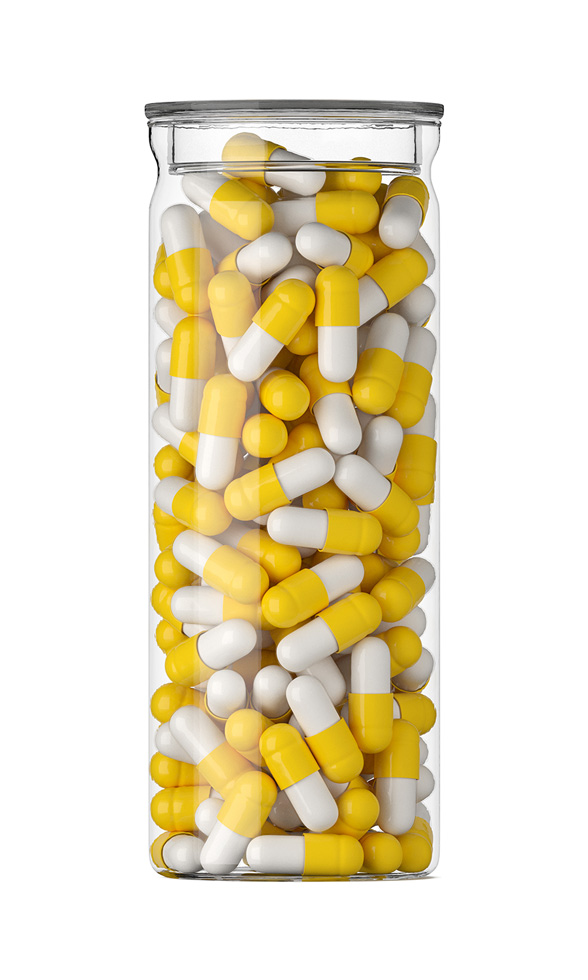 Tadalafil / Phentolamine Mesylate Capsules
Tadalafil / Phentolamine Mesylate Capsules Tadalafil / Apomorphine HCl Troches
Tadalafil / Apomorphine HCl Troches Tadalafil / Tramadol HCl Troches
Tadalafil / Tramadol HCl Troches Sildenafil ODT
Sildenafil ODT Sildenafil / Tadalafil ODT
Sildenafil / Tadalafil ODT Sildenafil / Apomorphine HCl Troches
Sildenafil / Apomorphine HCl Troches Sildenafil / Testosterone Troches
Sildenafil / Testosterone Troches Sildenafil / Oxytocin ODT
Sildenafil / Oxytocin ODT